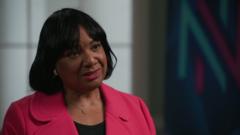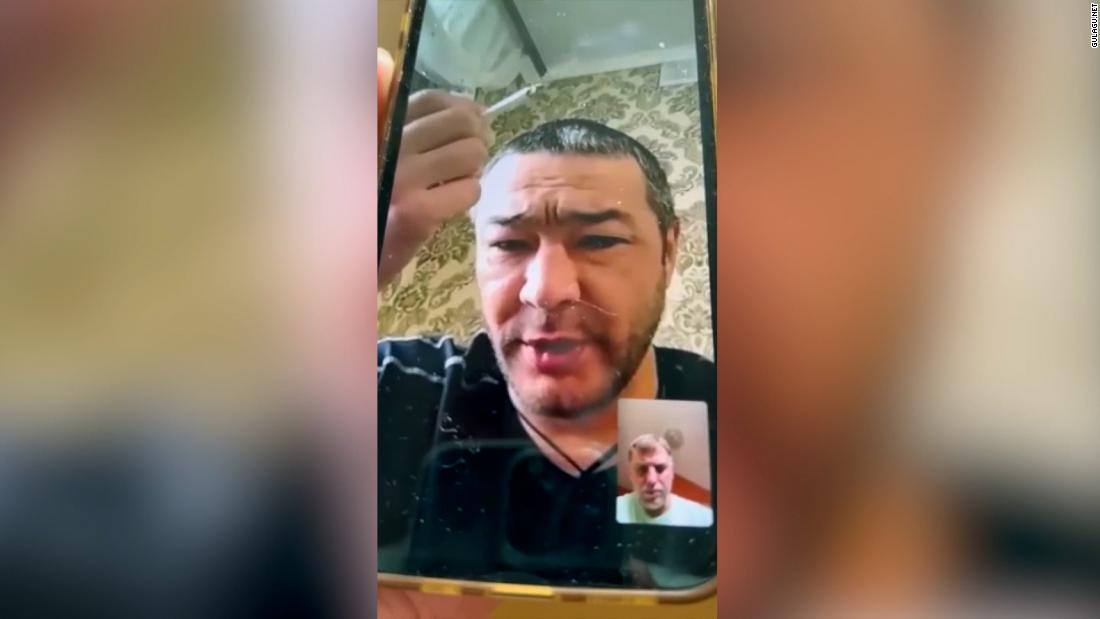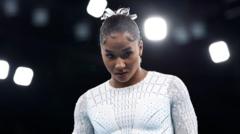Mayor Eric Adams (D) represents the last stage of political empowerment for the working-class Black neighborhoods of New York City.
As his administration buckles under the weight of federal charges of bribery and fraud, the concerns of his outer-borough constituents will be lost in the chaos, along with a critical moment in the city’s Black political history.
Adams’s downfall foreshadows a larger problem for New York’s Black political class and the community they presume to represent. They are being squeezed out by demographic trends and changes in the municipal election system. As such, it appears that a historic period of representation will be short-lived and squandered.
The city’s Black political class holds more offices than at any time in history. In recent years, the Black voting bloc has propelled representatives to the highest levels of executive, legislative and judicial offices. Yet their leaders are proving incapable of using the positions in a coordinated fashion to advance the concerns of the community.
Besides Adams, there are the high-profiled figures of Manhattan District Attorney Alvin Bragg, State Assembly Leader Carl Heastie, State Attorney General Letitia James, Public Advocate Jumaane Williams, Bronx DA Darcel Clark, Queens Borough President Donovan Richards and City Council President Adrienne Adams. In Congress, there are Reps. Gregory Meeks, Yvette Clarke, Jamaal Bowman and Hakeem Jeffries, the Democratic Leader in the House of Representatives.
Adams is the most important of them all. As the city’s 110th mayor, and second Black mayor, he oversees the machinery of municipal governance. As such, he is in position to, for example, organize a unity summit around an equity agenda for his base, or to establish an independent think tank to research and develop strategies for how government and self-help approaches can foster economic progress for a hard-pressed constituency.
The truth, however, is that Adams and the “new Black political class” of the city seem content with simply holding office. There has been little movement to translate individual achievements into a broader agenda for the city’s Black community. As such, Adams and the political class are failing to rise to the historic moment. Most pathetic is the indicted mayor, who is older than most of the others and has lived through the community’s long quest for self-governance. Once elected, he became enthralled with the illusion of media celebrity and the petty spoils of office.
Most egregious has been Adams’s tendency, as a former police captain, to identify more with the culture of the NYPD than with his working-class base. Time and again, he has displayed a lack of empathy for his brothers in distress. Examples include systematic police sweeps of homeless people in the subways and the resurfacing of the discriminatory “stop-and-frisk” policing that was ruled unconstitutional by a federal court.
To understand the tragedy of Adams, one must understand the history of New York’s racial politics. It is a story of marginalization with roots in the mass migration to Harlem during World War I. The Black population expanded rapidly and fostered enclaves in northern Manhattan. It grew to about 328,000 Black residents or 6 percent of the city’s population by 1930, and it spread to Brooklyn, Queens and the Bronx in later years.
But the community lacked authentic political representation. Instead, it relied on the Tammany Hall Democratic club under Carmine DeSapio, the old Harlem ward boss and reputed gangster. It took decades for J. Raymond Jones, known as the “Harlem Fox,” to establish himself as a true community voice. From the 1940s to the 1960s, he challenged the power of Tammany Hall and won election to the City Council. Under his guidance, the Black community nurtured a political class of its own.
Jones mentored a young generation of Black leaders, many of whom would rise to prominent positions in city, state and federal governance. Most notable was Harlem’s famous “Gang of Four” — Percy Sutton, Basil Paterson, Charlie Rangel and David Dinkins, who became the city's first Black mayor in 1989. Rangel, now 94, is the last surviving member.
Adams came of age during a time of divergent politics in the Black community. One trend was towards an Africa-centered community activism advanced, by figures like the Rev. Herbert Daughtry and the National Black United Front. He was a mentor to a young Adams, who was considering a career in the NYPD. Another trend was towards an alliance with the predominately white liberal Democrats of Manhattan. While they offered donor support and opportunity to ambitious individuals, there was an impediment of disproportionate political and economic power.
Adams and the current Black political class are the inheritors of this period of evolution. The unprecedented office-holding of today, however, rests on a shrinking power base of about 20 percent of the voting population. An estimated 200,000 Black New Yorkers — or about 10 percent of the group population — has fled the city over the last 20 years, citing housing and economic woes. Left unaddressed, this exodus will have a profound impact on the future of the Black political leadership.
Nonetheless, as a mobilized bloc, Black New Yorkers remain competitive with the city’s 31 percent white population, 28 percent Hispanic population and 15 percent Asian population (according to the 2020 Census). An advantage is their tendency to vote at higher rates than the non-white voting groups. But they suffer from deficits of money and education in comparison with the white voting bloc.
In addition to a shrinking base, the ascendant Black political class must deal with a recent change in the electoral process. In the wake of former Mayors Rudy Giuliani, Michael Bloomberg and Bill de Blasio, the white political class promoted a shift to ranked choice voting for the mayoral primary. This requires a higher level of information and tends to favor the educated and affluent Democrats of Manhattan and Staten Island. The process does not bode well for the authentic representation of the Black community in the years ahead.
With Adams' career on the brink, there may still be time for the city’s Black political class to extend its reign, but this would require a concerted campaign to promote the economic development of their constituents. New York suffers from persistently disproportionate levels of Black unemployment even in the best of times. There are also concerns over the displacement of Black labor by immigrants in such fields as construction and a sizable racial wealth gap, among other challenges.
The late Amos Wilson, a historian and social psychologist at the City University of New York, once offered this caution to an earlier class of the city’s Black political leadership: “As long as the African American community is relatively weak, so will be its representatives, no matter how high their offices.”
Roger House is professor emeritus of American Studies at Emerson College and the author of “Blue Smoke: The Recorded Journey of Big Bill Broonzy” and “South End Shout: Boston’s Forgotten Music Scene in the Jazz Age.” His forthcoming book is “Five Hundred Years of Black Self Governance.”















 English (US) ·
English (US) ·